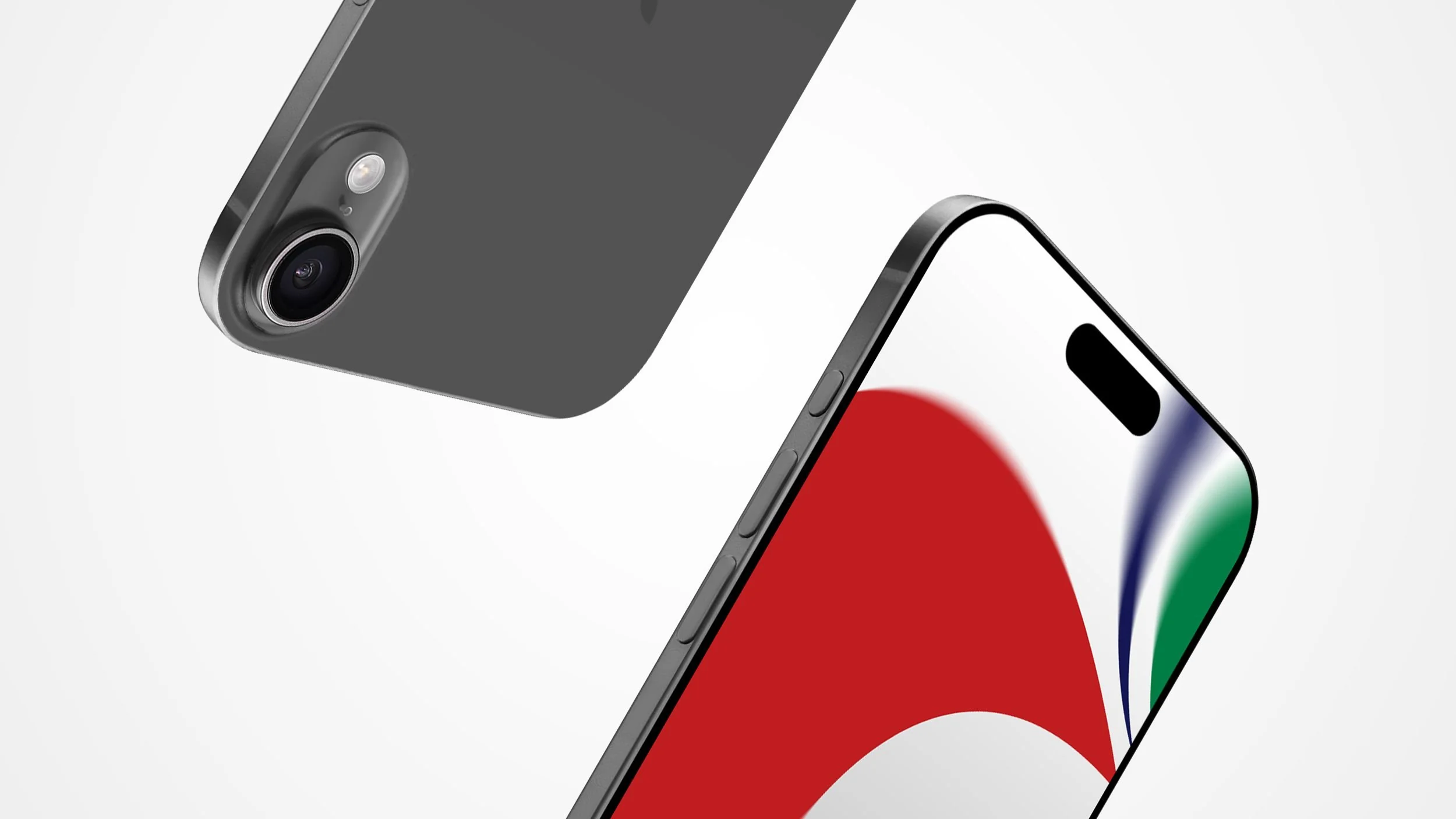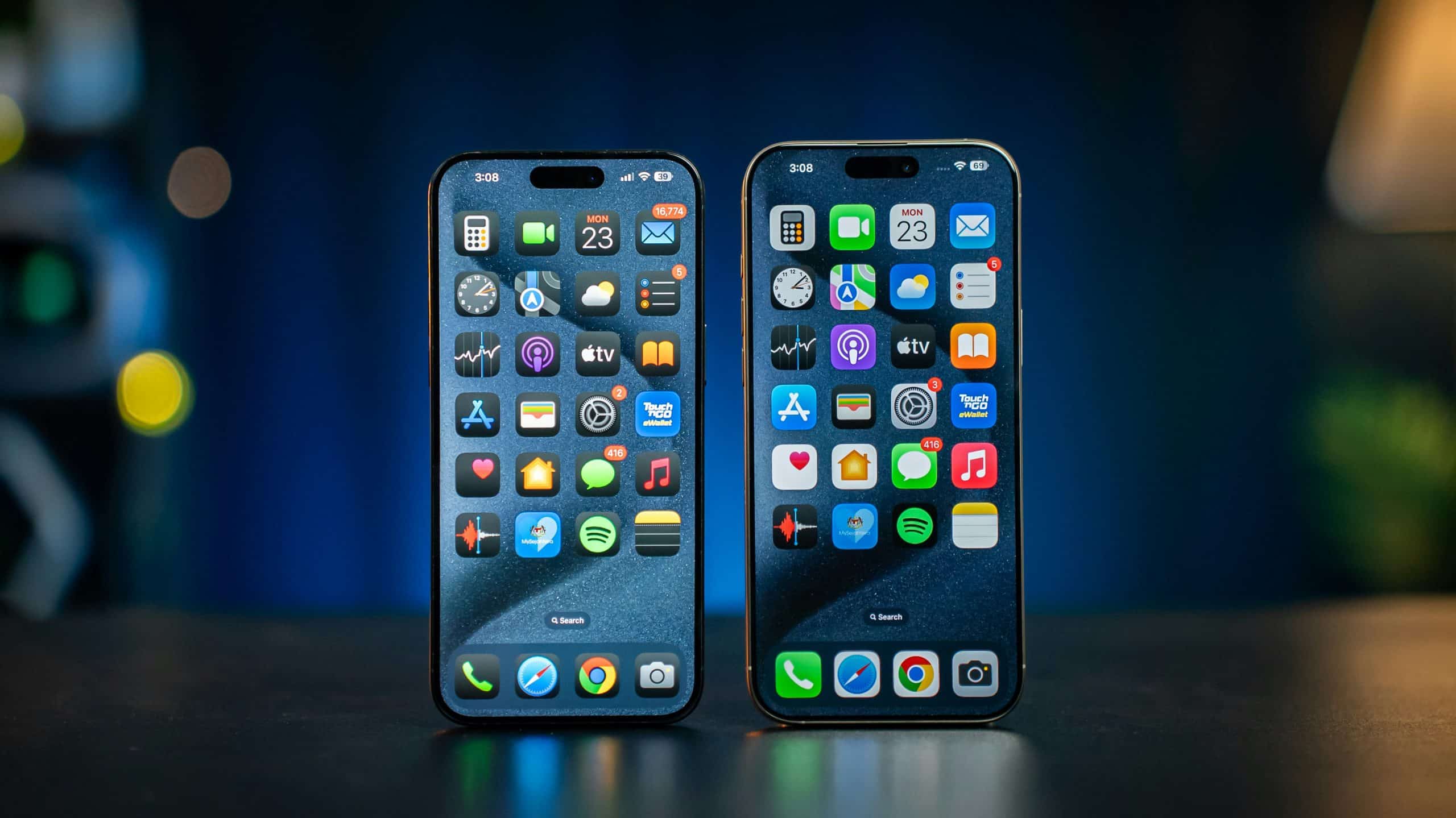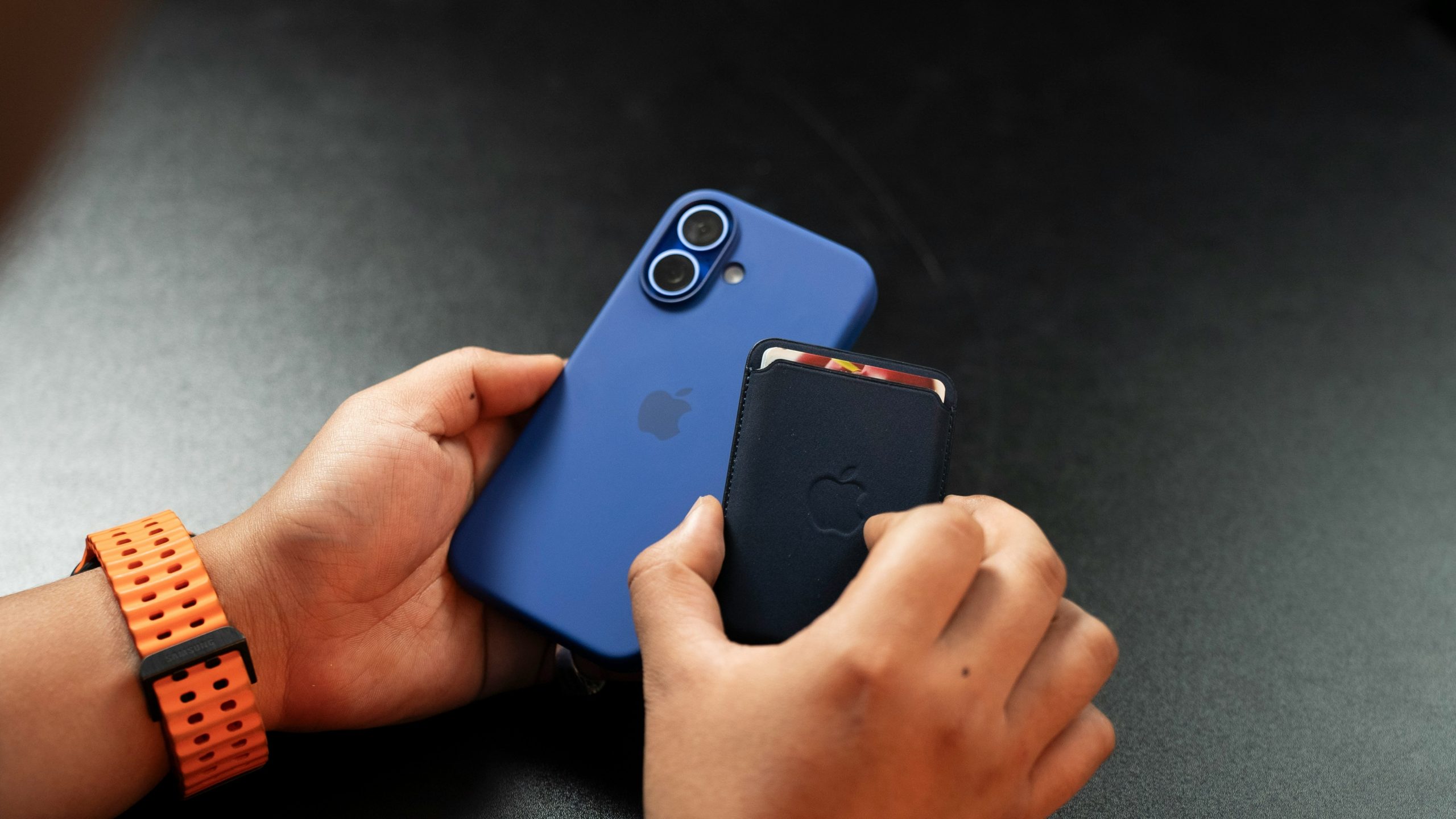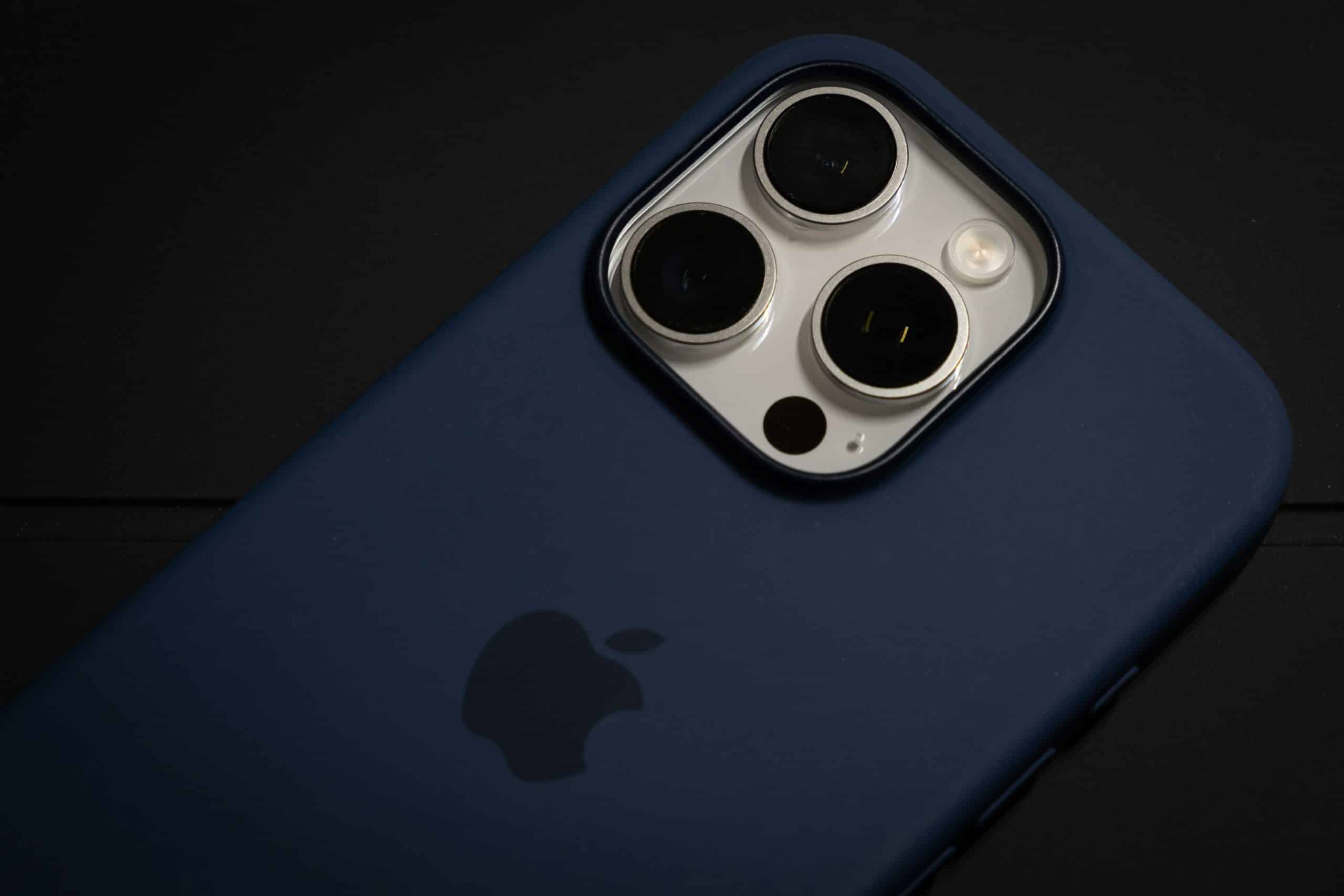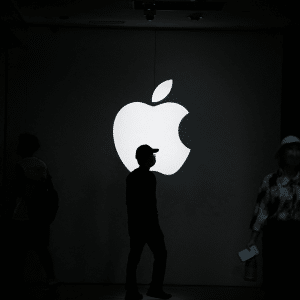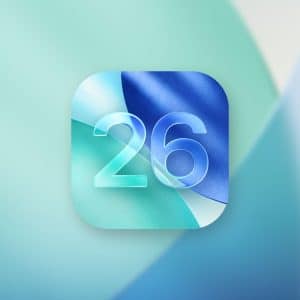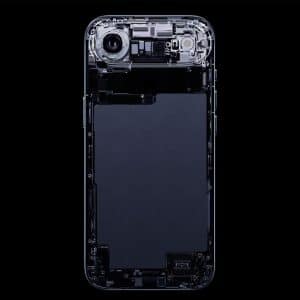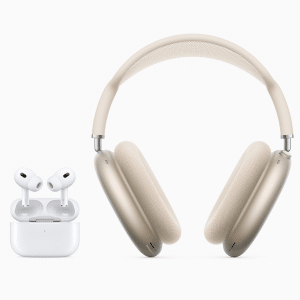Surprisingly, the upcoming iPhone isn’t part of the iPhone 17 series but rather the fourth-generation iPhone SE. Scheduled for release next spring, this new addition to the SE lineup marks the first update to the series in three years and is expected to deliver the most significant overhaul since its introduction.
For years, Apple’s SE line has catered to budget-conscious buyers while still delivering the core iPhone experience. This time, however, Apple seems poised to redefine what its most affordable phone can offer. With major upgrades in design, display, performance, and connectivity, the iPhone SE 4 may solidify its place as a standout device in Apple’s lineup.
The Evolution of Design and Display
Apple has consistently relied on the design of the iPhone 8 for its SE models, maintaining a smaller 4.7-inch LCD display, rounded edges, and the iconic home button. While this design appealed to those who appreciated a compact form factor and familiarity, it was becoming increasingly outdated in an era of edge-to-edge displays and modern aesthetics.
The upcoming iPhone SE 4 is expected to break this mold with a design inspired by the iPhone 14. This means the SE will transition to a larger 6.1-inch OLED display, offering sharper visuals, deeper contrasts, and a more immersive viewing experience. The switch to OLED technology represents a leap forward for the SE line, aligning it with higher-end iPhones. Flat edges, a smaller notch, and the introduction of Face ID are also anticipated, bringing the SE’s design language closer to Apple’s flagship devices. However, the SE 4 is likely to retain a single rear camera to differentiate it from more expensive models.
Display analyst Ross Young has reported that the OLED panel for the SE 4 will be sourced from both BOE and LG Display, ensuring high-quality visuals at an affordable price point. This new design promises to make the SE more attractive to a broader audience, especially those who may have avoided the older models due to their dated appearance.
USB-C: A Necessary Transition
One of the most significant changes coming to the iPhone SE 4 is the adoption of USB-C. Apple has gradually shifted its devices away from the proprietary Lightning connector, a move largely driven by European Union regulations mandating a universal charging standard. The iPhone 15 series was the first to make this transition, and now the SE 4 will follow suit.
For users, this change means greater convenience. USB-C is already the standard for Apple’s iPads and MacBooks, so SE 4 owners will be able to charge multiple devices with a single cable. Beyond charging, USB-C opens up possibilities for faster data transfer and better compatibility with a range of accessories.
This shift also underscores Apple’s commitment to sustainability. By reducing reliance on proprietary connectors, Apple aligns itself with global efforts to minimize electronic waste. The SE 4 will be the final iPhone to make this transition, completing Apple’s shift to a unified charging ecosystem.
Camera Improvements That Matter
The iPhone SE has traditionally lagged behind its pricier counterparts in camera technology, often using older sensors to keep costs down. With the SE 4, Apple appears ready to narrow this gap. Rumors suggest that the device will feature the same 48-megapixel rear sensor introduced with the iPhone 15. This is a dramatic improvement over the 12-megapixel camera found in the current SE model, promising better low-light performance, sharper details, and more versatility for photography enthusiasts.
The front-facing camera is also expected to see a significant upgrade. Moving from a 7-megapixel sensor to a 12-megapixel one, the SE 4 will offer improved selfies and video calls, making it more competitive in a world where front-facing cameras are increasingly important. These enhancements reflect Apple’s understanding of user priorities and its willingness to invest in features that matter most to everyday users.
While the SE 4 is likely to stick with a single rear camera, its advanced sensor and computational photography capabilities should still deliver impressive results. For casual photographers and those upgrading from older models, the camera improvements alone could make the SE 4 a compelling choice.
Performance and Apple Intelligence
Under the hood, the iPhone SE 4 is expected to be a powerhouse. Reports suggest it will feature Apple’s A18 chip, the same processor found in the iPhone 16 lineup. Paired with 8GB of RAM, this chip will enable faster performance, better efficiency, and support for cutting-edge features.
One of the most exciting additions to the SE 4 is its rumored support for Apple Intelligence. This suite of advanced features, introduced with the iPhone 16 series, includes tools like Writing Tools, Photos Clean Up, Genmoji, Image Playground, and enhanced Notification Summaries. These features leverage machine learning and on-device processing to deliver smarter, more intuitive experiences.
For example, Writing Tools can assist with drafting messages and documents, while Photos Clean Up helps organize and enhance your photo library. Genmoji allows for personalized emojis, and Image Playground offers creative tools for editing and manipulating images. These capabilities make the SE 4 more than just an entry-level device; they position it as a gateway to Apple’s most advanced technologies.
Including Apple Intelligence in the SE 4 is a strategic move. By bringing these features to its most affordable iPhone, Apple ensures that more users can experience the benefits of its ecosystem, potentially attracting new customers who might have otherwise considered competing brands.
The Debut of Apple’s In-House Modem
One of the most intriguing aspects of the iPhone SE 4 is its expected use of Apple’s first in-house modem. This marks a significant milestone for the company, which has been working toward this goal since acquiring Intel’s modem business in 2019. Codenamed “Centauri,” this 5G modem will also handle Wi-Fi, Bluetooth, and GPS functions.
The transition to an in-house modem offers several advantages. By controlling this critical component, Apple can optimize performance, reduce costs, and lessen its reliance on third-party suppliers like Qualcomm. This is particularly important for a budget device like the SE, where cost efficiency is key to maintaining an attractive price point.
Apple’s modem is expected to deliver strong performance, ensuring reliable connectivity for streaming, gaming, and browsing. Its inclusion in the SE 4 could also pave the way for further innovation in wireless technology across Apple’s product lineup.
Pricing and Market Position
The iPhone SE has always been about delivering value, and the SE 4 is no exception. While its rumored starting price of $499 is higher than previous models, it still represents excellent value given the upgrades in design, display, performance, and features. For comparison, Apple currently sells the iPhone 14 for $599. With the SE 4 offering a similar design and modern internals for $100 less, it’s poised to attract a wide range of buyers.
Apple’s pricing strategy for the SE 4 also reflects broader changes in its lineup. By modernizing the SE while discontinuing older models, Apple creates a more unified product range. The potential lineup could include the SE at $499, the iPhone 15 at $699, and the iPhone 16 series starting at $799. This approach simplifies choices for consumers and ensures that even the most affordable iPhone feels modern and capable.
A Compelling Package
The iPhone SE 4 represents a turning point for Apple’s budget-friendly line. With its modern design, OLED display, USB-C connectivity, advanced cameras, and support for Apple Intelligence, it’s shaping up to be a device that punches well above its weight. By introducing Apple’s in-house modem and maintaining an attractive price point, the SE 4 underscores Apple’s commitment to innovation and accessibility.
For buyers who have been holding out for a significant upgrade, the SE 4 delivers on all fronts. It bridges the gap between affordability and modernity, offering a taste of Apple’s flagship features without breaking the bank. As we await its official announcement, the SE 4 stands as a reminder of Apple’s ability to redefine expectations, even in its most cost-conscious products.
